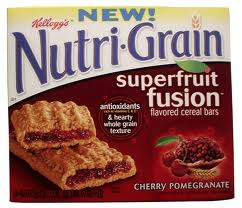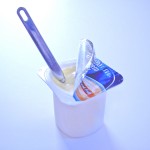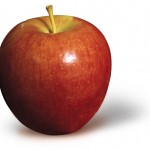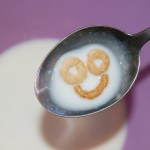 While a Quick Bite will not give this topic justice, it is important to discuss because body image issues and eating disorders are becoming more prevalent among younger and younger children. As early as the first grade, children are voicing concern about weight and body shape. And, with today’s widespread use and reach of technology, the media and cultural influences have an even greater effect on this generation than for older generations. For example, a quick Google search easily locates numerous websites and youtube videos on how to become anorexic. Furthermore, with so many messages in the media about food, what to eat, what not to eat, and how your body should look, it is easy for parents and children alike to become confused and food phobic.
While a Quick Bite will not give this topic justice, it is important to discuss because body image issues and eating disorders are becoming more prevalent among younger and younger children. As early as the first grade, children are voicing concern about weight and body shape. And, with today’s widespread use and reach of technology, the media and cultural influences have an even greater effect on this generation than for older generations. For example, a quick Google search easily locates numerous websites and youtube videos on how to become anorexic. Furthermore, with so many messages in the media about food, what to eat, what not to eat, and how your body should look, it is easy for parents and children alike to become confused and food phobic.
Here are four things that parents can do to help their children develop a healthy, happy relationship with food.
- Model a healthy relationship with food to your children. The act of cooking or spending mealtimes together should be enjoyable. Food itself however should not be attached to emotions or benefits beyond solving hunger pains.
- Listen to your children. If your child makes a negative comment about their body, start a discussion. Try not to underestimate casually made statements about peers, including comments about seeking acceptance and approval.
- Teach your child to be a critical consumer of media and to be immune to the steady stream of media messages. Cancel subscriptions to fashion magazines.
- Be aware of “harmless” comments that may add to your child’s concerns and misconceptions. Be careful not to complain about your own weight. Instead promote healthy lifestyle through physical activity and healthy eating habits.







